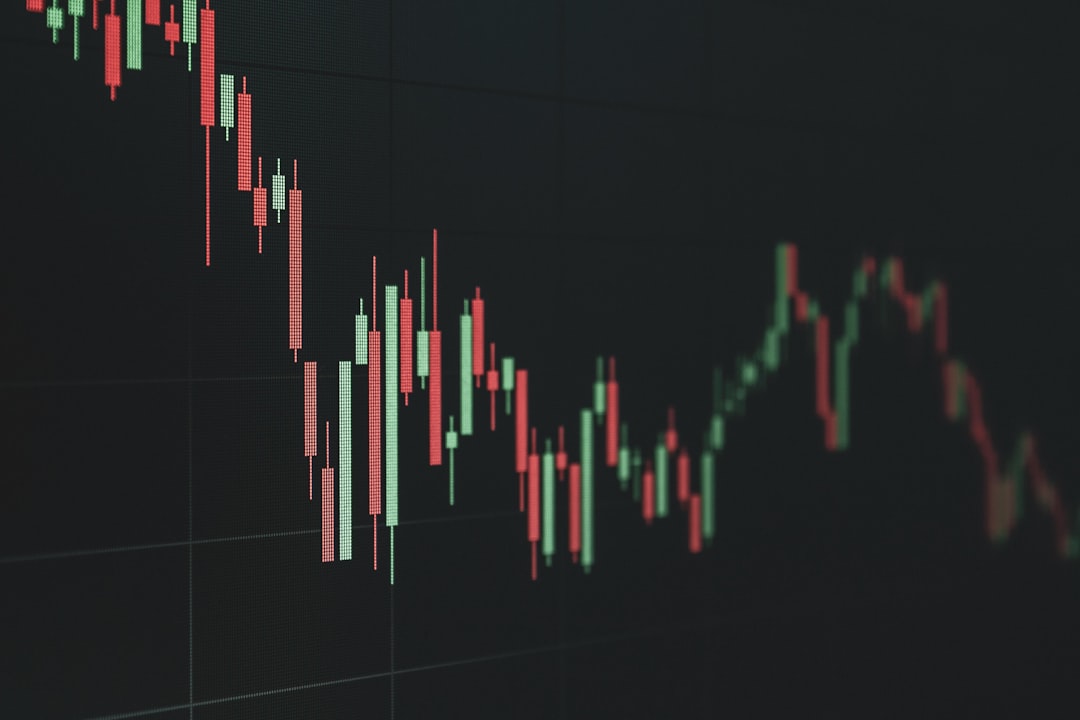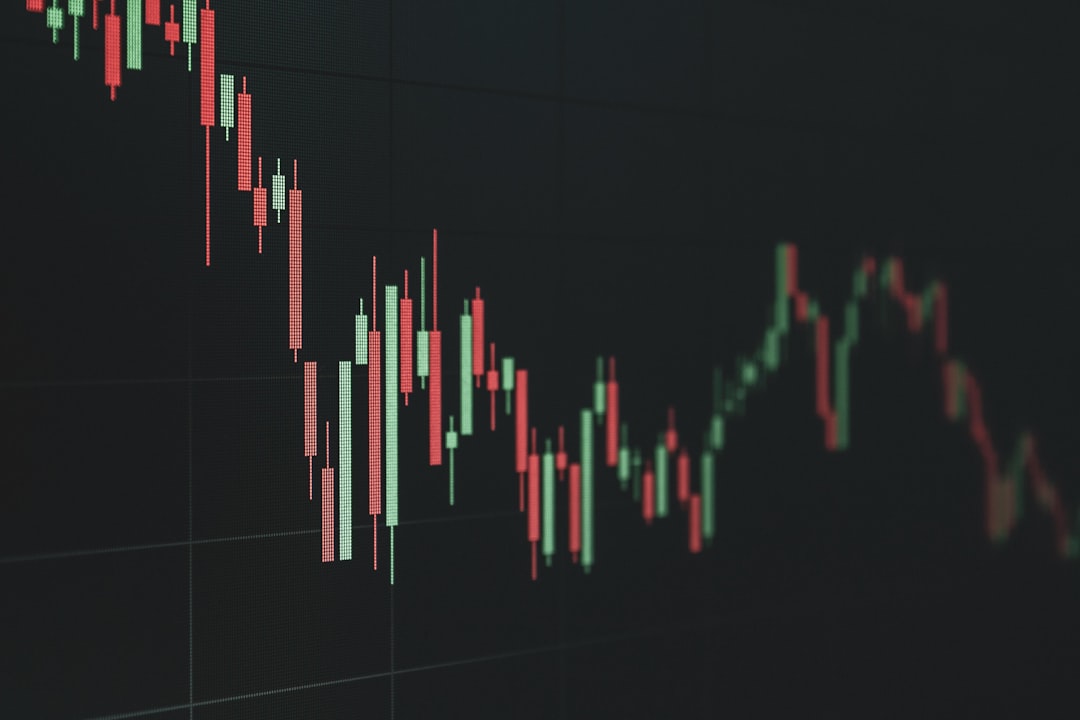Market Party Hits Fever Pitch as Dow, S&P 500 Shatter Records, But Are Investors Ignoring This Massive Red Flag?

Wall Street's Unstoppable Rally Continues
NEW YORK – The stock market's victory lap extended through the end of a spectacular week, with Wall Street's most-watched indexes powering to yet another set of all-time closing highs. The euphoria, largely fueled by the Federal Reserve's recent policy shift, seemed boundless as investors pushed equities deeper into record territory.
The final bell saw the Dow Jones Industrial Average climb by 172 points, a solid 0.4% gain. The broader S&P 500 tacked on 0.5%, while the tech-heavy Nasdaq Composite led the charge with a 0.7% surge. For the second consecutive day, the trifecta of major indexes closed at unprecedented levels, painting a picture of unshakeable market confidence.
A Troubling Trend Beneath the Surface
However, a closer look at the day's trading reveals a troubling paradox that could signal weakness ahead. Despite the headline-grabbing new highs for the S&P 500, a majority of the individual stocks within the index actually finished the day in the red. This divergence suggests the rally is being propped up by a handful of mega-cap giants, while the broader market is struggling.
Further evidence of this narrowing leadership came from the Russell 2000 index, a benchmark for smaller U.S. companies. In stark contrast to its large-cap peers, the Russell 2000 retreated, falling 0.8% from its own record close set just a day earlier. This split performance often raises concerns among analysts about the sustainability of a market rally.
The Bond Market Sounds an Alarm
The celebration in the stock market was also met with a cautionary signal from the world of fixed income. The yield on the 10-year Treasury note climbed to 4.14%, while the 2-year yield rose to 3.58%. This upward creep in borrowing costs caught the attention of market veterans.
Andrew Brenner, head of international fixed income at NatAlliance Securities, issued a stark warning following the Fed's quarter-point interest rate cut earlier in the week. "We have warned that after the Fed ease on Wednesday to watch the direction of long duration bonds, they are deteriorating," Brenner noted, adding that the "technicals do not look good." This deterioration in the bond market could spell trouble for equities, which have benefited immensely from the low-rate environment.
With little new economic data to drive sentiment, the market appears to be running on the fumes of Wednesday's rate cut. The question now facing investors is whether the record-breaking rally has strong enough legs to stand on, or if the warning signs brewing beneath the surface are about to bring the party to an abrupt end.



